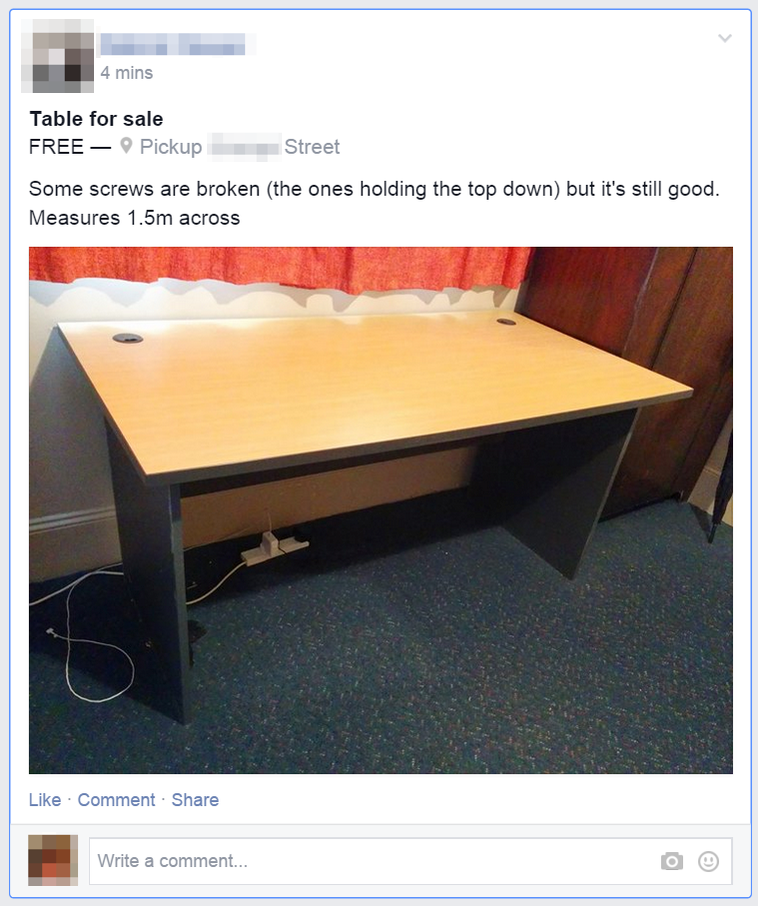Buying and Selling on Social Networks
Buying and Selling on social networks has become a fundamental thing for people to sell and auction their items on the internet. Buying and Selling has become a vital source of income for many teenagers on the internet, because they can sell an item much higher than its original retail price. Currently, Facebook is testing out a new feature for Facebookers to officially sell their goods in Groups. Along the “Write Post” option, there will be a new option called “Sell Something.” This new option is designed so that Facebook can help facilitate people to help sell things in an organized fashion, asking the user to share what’s for sale, the price, and a description of the item, pictures, and pick up/ delivery options. For the longest time, before this new option was introduced Facebook members used Facebook to sell their items. Each sale post would include a picture of the item, the condition that the item is in, and the price whether it’s negotiable or not. The comment section or private messaging would then be used as a way for the seller and the buyers to communicate with each other, creating an effective auction.
Buying and Selling on the social network is effectively a first priced sealed auction no matter how the auction is designed. A first-price sealed-bid auction is an auction where bidders submit “sealed bids” to the seller. The highest bidder wins the item and pays the value of his or her bid. The auction can be designed in two ways. The seller can either explicitly state that price of the item in the post or the seller can state in the post to private message him or her to negotiate the price. In the first case, the auction is a first priced sealed auction, because the seller will not sell his or her item if the bidder does not bid a price that is equal or higher than the seller’s price. If there are more than one bidder, say Bidder A and Bidder B, then both bidders will sequentially bid more and more. The bidder who bids the highest value will win the item and pays the value of his or her bid. In the second case, the auction can be designed as a second priced sealed auction. However, this auction is just a concealed version of a first sealed priced auction. For example, Bidder A and Bidder B can bid their true values. Although, the seller does not disclose his own value, the seller has his or her own true value as well. The seller can then either bid higher or lower than the buyer’s highest bid depending on whether the seller is satisfied with highest bid or not. The auction effectively then becomes a first priced sealed auction. Therefore, the dominant strategy to approach these Buying and Selling auctions on social networks, just as in any first priced sealed auction, is to bid a little lower than your true value.
The buyer can only have a positive payoff in first priced sealed auction by bidding a little less than your true value. Bidding your true value is not the dominant strategy, because you would get a payoff of 0 if you lose, and you would also get a payoff of 0 if you win, because you had paid exactly what the item was worth to you. Instead, you pay a little less, so that if you win then you will get a positive payoff. Therefore, the best way to win an item on these buying and selling auctions on social networks is to bid a little less than your true value.

Buying and Selling post on Facebook
http://thenextweb.com/facebook/2014/12/17/facebook-testing-official-way-sell-goods-groups/
http://www.digitaltrends.com/mobile/facebook-buy-and-sell-items-news/
